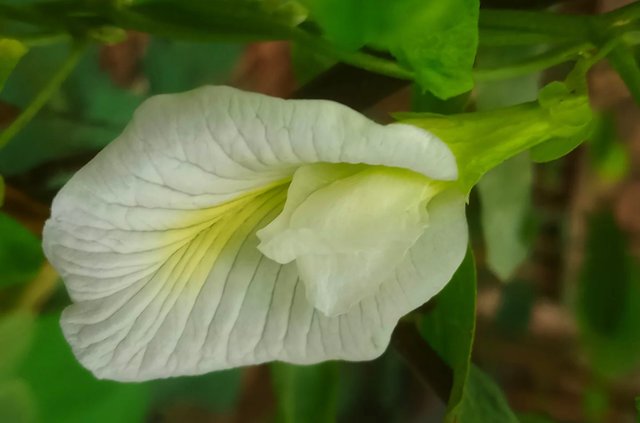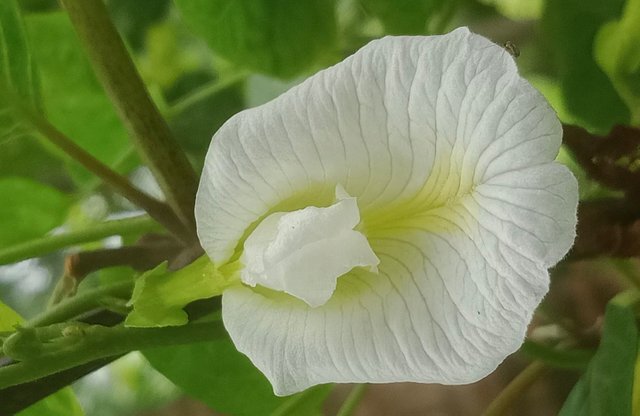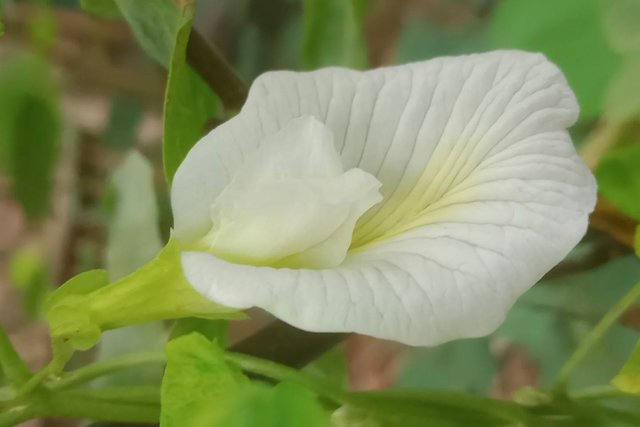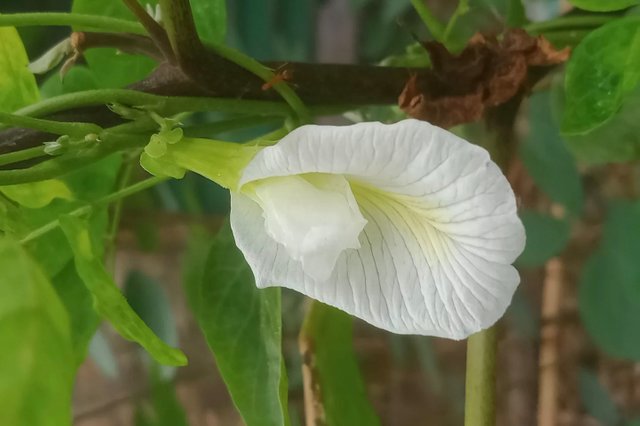The Mystical Beauty of the Asian Pigeonwings Flower
Known scientifically as Clitoria ternatea, this striking flower is often called the Butterfly Pea due to its delicate, wing-like petals. Native to Southeast Asia, it is much more than a pretty blossom—it’s a symbol of nature’s quiet power, offering beauty, healing, and a touch of magic.One glance at the Asian Pigeonwings, and you’ll understand its appeal. Most commonly seen in a deep, velvety indigo blue, the flower looks like a drop of sky folded into a petal. Its distinctive shape resembles a butterfly in flight, giving it a whimsical, fairy-tale presence in any garden.There are also white and pale blue varieties, but the deep blue ones are the most celebrated, especially in traditional medicine and natural dye-making.
The Asian Pigeonwings isn’t just a visual treat—it’s a plant with many gifts. For centuries, it has held a special place in Ayurvedic and traditional Chinese medicine. Its flowers are used to prepare calming teas believed to support memory, reduce stress, and promote better sleep.What’s especially fascinating is how the flowers are used to make natural blue dye. When added to hot water, the petals release a brilliant color that can shift to purple with a touch of lemon juice—like a tiny science experiment brewed in your teacup.




Upvoted! Thank you for supporting witness @jswit.